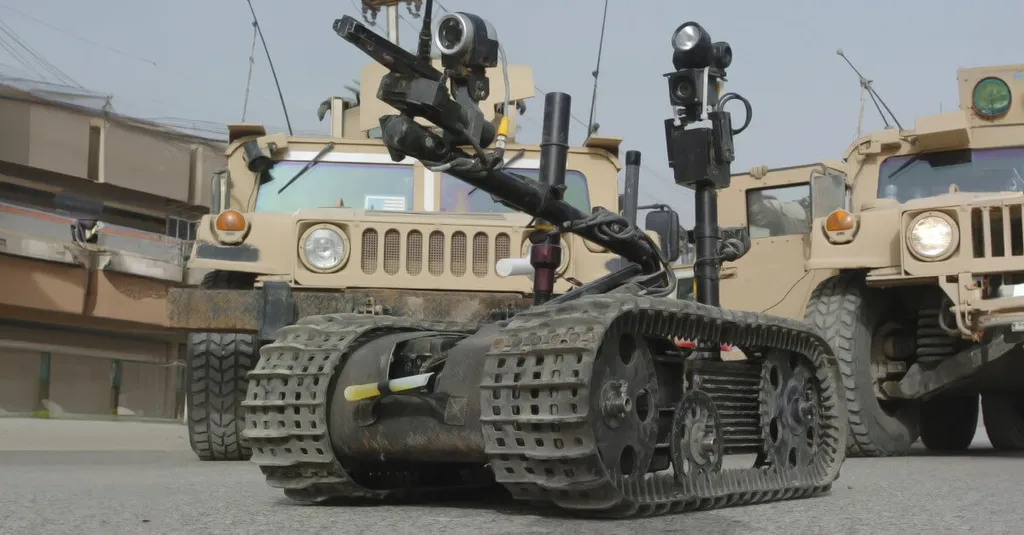Researchers from the US Army Combat Capabilities Development Command (DEVCOM) Army Research Laboratory have developed a novel framework that enables unmanned ground vehicles (UGVs) to learn and adapt to new environments with minimal human supervision. The team, led by Maggie Wigness, John G. Rogers III, and Luis E. Navarro-Serment, has created a system that combines visual perception and inverse optimal control to enhance the reliability and adaptability of UGVs in dynamic and unstructured environments, such as disaster recovery or military operations.
The researchers addressed a critical challenge in autonomous systems: the need for UGVs to quickly adapt to new environments and learn novel tasks with minimal human input. In scenarios where personnel and equipment are constrained, the ability to train UGVs efficiently is paramount. The team’s solution involves a framework that learns traversal costs for environment features by observing human-demonstrated trajectories. This approach allows UGVs to encode various traversal behaviors, such as avoiding obstacles, navigating rough terrain, or following specific paths, with just a few examples.
The framework’s effectiveness was demonstrated through extensive real-world evaluations. The researchers found that their system required only a limited number of human-demonstrated trajectory exemplars to learn feature costs that reliably encoded different traversal behaviors. This capability is crucial for military operations, where UGVs must operate alongside human collaborators in unpredictable and hazardous environments.
Moreover, the team developed an online version of the framework that enables human teammates to intervene during live operations. This feature allows for real-time corrections of deteriorated behavior or adaptations to dynamic changes in complex environments. By integrating human input, the system ensures that UGVs remain effective and responsive to evolving conditions, enhancing their utility in both military and civilian applications.
The research highlights the potential for autonomous systems to become more reliable and adaptable teammates in challenging scenarios. By leveraging visual perception and inverse optimal control, the framework developed by Wigness, Rogers, and Navarro-Serment offers a promising approach to improving the performance of UGVs in dynamic and unstructured environments. This advancement could significantly enhance the capabilities of autonomous systems in military operations, disaster recovery, and other high-stakes situations where adaptability and reliability are critical. Read the original research paper here.

